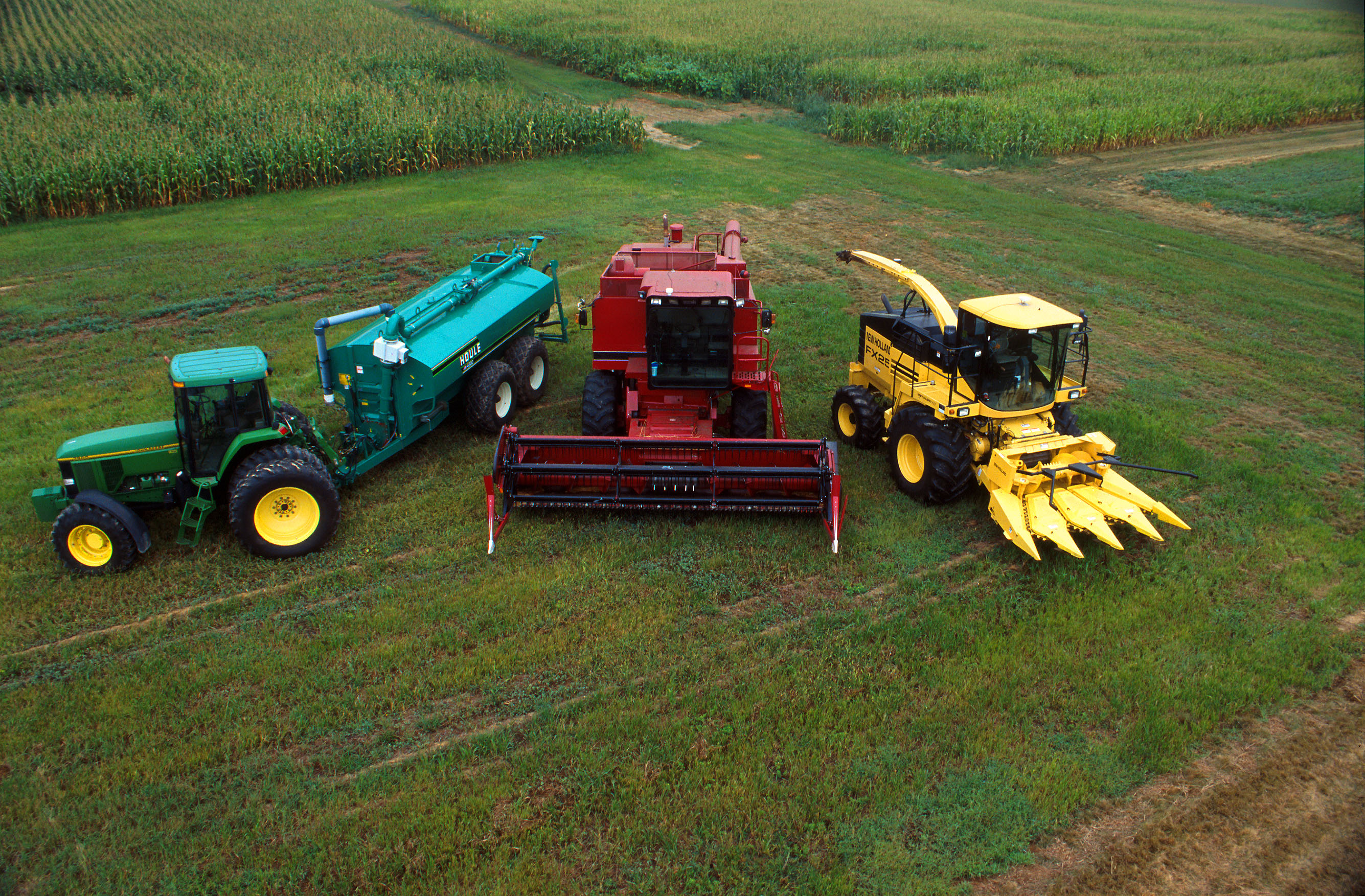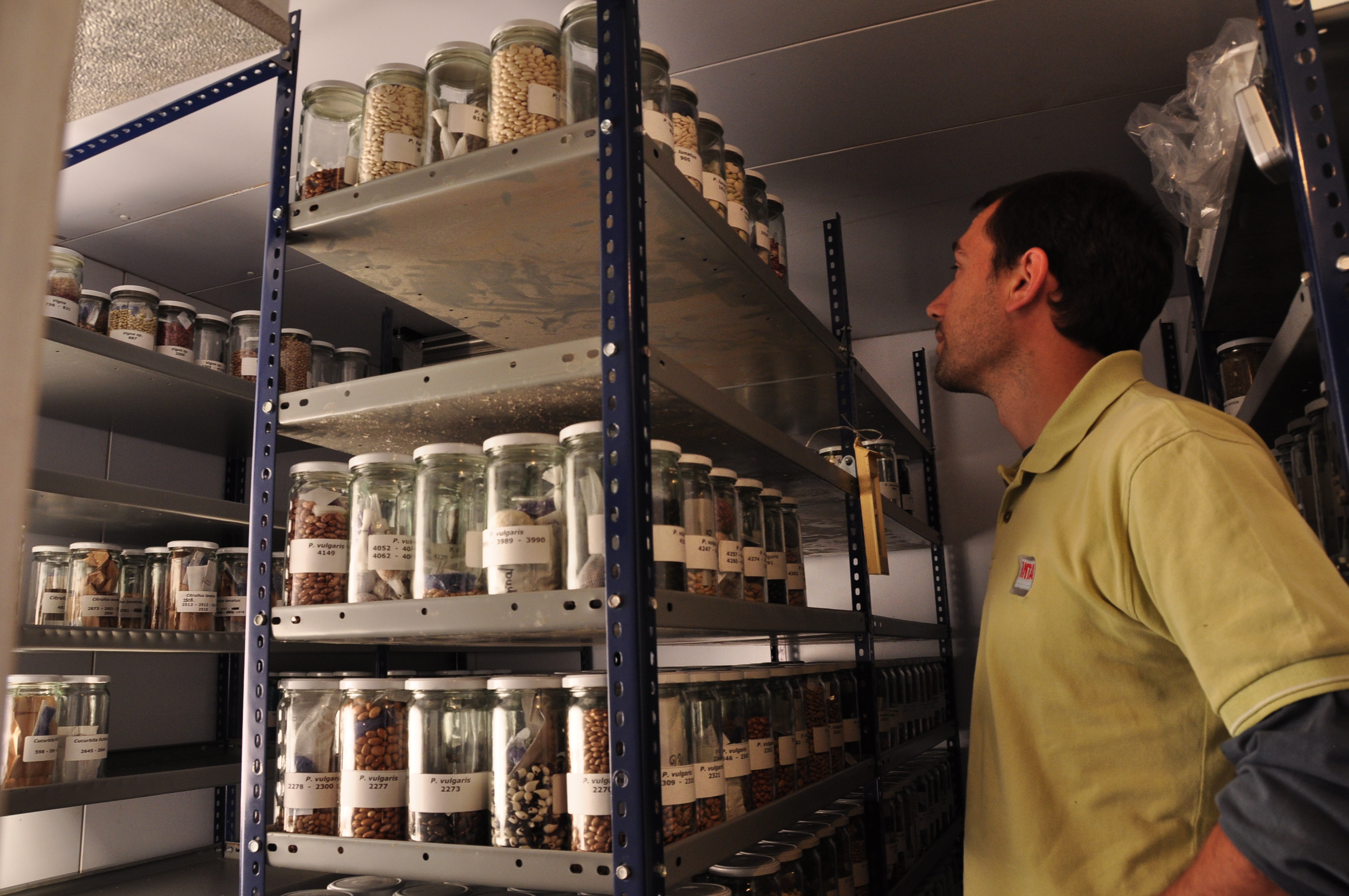|
The Livestock Conservancy
The Livestock Conservancy, formerly known as the American Livestock Breeds Conservancy (ALBC) and prior to that, the American Minor Breeds Conservancy, is a nonprofit organization focused on preserving and promoting rare breeds, also known as "heritage breeds" of livestock. Founded in 1977, through the efforts of livestock breed enthusiasts concerned about the disappearance of many of the US's heritage livestock breeds, The Livestock Conservancy was the pioneer livestock preservation organization in the United States, and remains a leading organization in that field. It has initiated programs that have saved multiple breeds from extinction, and works closely with similar organizations in other countries, including Rare Breeds Canada. With 3,000 members, a staff of eleven and a 19-member board of directors, the organization has an operating budget of over a million dollars. The Livestock Conservancy maintains a conservation priority list that divides endangered breeds of horses ... [...More Info...] [...Related Items...] OR: [Wikipedia] [Google] [Baidu] |
Merino
The Merino is a list of sheep breeds, breed or group of breeds of domestic sheep, characterised by very fine soft wool. It was established in Spain near the end of the Middle Ages, and was for several centuries kept as a strict Spanish monopoly; exports of the breed were not allowed, and those who tried risked capital punishment. During the eighteenth century, flocks were sent to the courts of a number of European countries, including France (where they developed into the Rambouillet (sheep), Rambouillet), Hungary, the Netherlands, Prussia, Saxony and Sweden. The Merino subsequently spread to many parts of the world, including South Africa, Australia, and New Zealand. They are presently common in South Africa. Numerous recognised breeds, strains and variants have developed from the original type; these include, among others, the American Merino and Delaine Merino in the Americas, the Australian Merino, Booroola Merino and Peppin Merino in Oceania, and the Gentile di Puglia, M ... [...More Info...] [...Related Items...] OR: [Wikipedia] [Google] [Baidu] |
SVF Foundation
The SVF Foundation is a 501(c)(3) nonprofit organization that seeks to preserve rare breeds of livestock. It is the only private organization in the United States that preserves rare livestock by gathering and storing both semen and embryos of the animals in its collection, a technique called cryopreservation. History and facilities SVF, which stands for "Swiss Village Farm", is located in Newport, Rhode Island, and has facilities both for housing live herds and for cryopreservation on its 45 acres. Live animals are also available for sale to farmers and ranchers to increase the practical use of rare breeds in modern agriculture. It is not open to the public except for one day a year, as a strict biosecurity measure. SVF was founded by Dorrance Hill Hamilton, the billionaire heir to the Campbell Soup Company fortune and one of the wealthiest Americans according to ''Forbes''. The Newport property on which it is housed was built by railroad magnate Arthur Curtiss James in the e ... [...More Info...] [...Related Items...] OR: [Wikipedia] [Google] [Baidu] |
National Animal Germplasm Program
The National Animal Germplasm Program, or NAGP, is a program of the United States Department of Agriculture that captures and cryogenically preserves germplasm from plants and animals it considers important to agriculture for the purpose of preserving biodiversity and to provide economic benefits to the agriculture industry. Germplasm consists of semen, embryos, and other tissues that contain genetic information. The online Germplasm Resources Information Network contains information from the NAGP, along with related projects such as the USDA's National Plant Germplasm System The U.S. National Plant Germplasm System (NPGS) is a coordinated network of federal, state, and private institutions administered by the USDA's Agricultural Research Service, Agricultural Research Service (ARS). Its mission is to conserve the ge .... References United States Department of Agriculture {{Agri-stub ... [...More Info...] [...Related Items...] OR: [Wikipedia] [Google] [Baidu] |
White Park
White Park may refer to: ;Places: * White Park Bay, in County Antrim, Northern Ireland, UK * White Park, County Antrim, a townland in Northern Ireland, UK * White Park (Concord, New Hampshire), a public park in Concord, New Hampshire, US * White Park, a public park in Morgantown, West Virginia, US ;Cattle: * White Park cattle The White Park is a modern British list of cattle breeds, breed of cattle. It was established in 1973 to include several herds or populations of colour-pointed white cattle – white-coated, with points of either red or black on the ears and ..., also known as Ancient White Park, White Forest, White Horned, Wild White, and "the Park" * American White Park, a different breed of cattle * British White cattle, another breed, sometimes called "British White Park" {{dab ... [...More Info...] [...Related Items...] OR: [Wikipedia] [Google] [Baidu] |
Agricultural Subsidy
An agricultural subsidy (also called an agricultural incentive) is a government incentive paid to agribusinesses, agricultural organizations and farms to supplement their income, manage the supply of agricultural products, and influence the cost and supply of such commodities. Examples of such commodities include: wheat, feed grains (grain used as fodder, such as maize or corn, sorghum, barley and oats), cotton, milk, rice, peanuts, sugar, tobacco, oilseeds such as soybeans and meat products such as beef, pork, and lamb and mutton. A 2021 study by the UN Food and Agriculture Organization found $540 billion was given to farmers every year between 2013 and 2018 in global subsidies. The study found these subsidies are harmful in a number of ways. In under-developed countries, they encourage consumption of low-nutrition staples, such as rice. Subsidies also encourage deforestation; and they also drive inequality because smallholder farmers (many of whom are women) are excluded ... [...More Info...] [...Related Items...] OR: [Wikipedia] [Google] [Baidu] |
Germplasm
Germplasm refers to genetic resources such as seeds, tissues, and DNA sequences that are maintained for the purpose of animal and plant breeding, conservation efforts, agriculture, and other research uses. These resources may take the form of seed collections stored in seed banks, trees growing in nurseries, animal breeding lines maintained in animal breeding programs or gene banks. Germplasm collections can range from collections of wild species to elite, domesticated breeding lines that have undergone extensive human selection. Germplasm collection is important for the maintenance of biological diversity, food security, and conservation efforts. In the United States, germplasm resources are regulated by the National Genetic Resources Program (NGRP), created by the U.S. congress in 1990. In addition the web server The Germplasm Resources Information Network (GRIN) provides information about germplasms as they pertain to agriculture production. Regulation In the United Stat ... [...More Info...] [...Related Items...] OR: [Wikipedia] [Google] [Baidu] |
Gene Mapping
Gene mapping or genome mapping describes the methods used to identify the location of a gene on a chromosome and the distances between genes. Gene mapping can also describe the distances between different sites within a gene. The essence of all genome mapping is to place a collection of molecular markers onto their respective positions on the genome. Molecular markers come in all forms. Genes can be viewed as one special type of genetic markers in the construction of genome maps, and mapped the same way as any other markers. In some areas of study, gene mapping contributes to the creation of new recombinants within an organism. Gene maps help describe the spatial arrangement of genes on a chromosome. Genes are designated to a specific location on a chromosome known as the locus and can be used as molecular markers to find the distance between other genes on a chromosome. Maps provide researchers with the opportunity to predict the inheritance patterns of specific traits, which ... [...More Info...] [...Related Items...] OR: [Wikipedia] [Google] [Baidu] |
Living-history Museum
An open-air museum is a museum that exhibits collections of buildings and artifacts outdoors. It is also frequently known as a museum of buildings or a folk museum. Definition Open air is "the unconfined atmosphere ... outside buildings". In the loosest sense, an open-air museum is any institution that includes one or more buildings in its collections, including farm museums, historic house museums, and archaeological open-air museums. Mostly, "open-air museum" is applied to a museum that specializes in the collection and re-erection of multiple old buildings at large outdoor sites, usually in settings of recreated landscapes of the past, and often including living history. Such institutions may, therefore, be described as building museums. European open-air museums tended to be sited originally in regions where wooden architecture prevailed, as wooden structures may be translocated without substantial loss of authenticity. Common to all open-air museums, including the ear ... [...More Info...] [...Related Items...] OR: [Wikipedia] [Google] [Baidu] |
Colonial Williamsburg
Colonial Williamsburg is a living-history museum and private foundation presenting a part of the historic district in Williamsburg, Virginia. Its historic area includes several hundred restored or recreated buildings from the 18th century, when the city served as the capital of the colonial era Colony of Virginia. The district includes 17th-century, 19th-century, Colonial Revival, and more recent structures and reconstructions. The historic area includes three main thoroughfares and their connecting side streets, which are designed to represent how Williamsburg existed in the 18th century. Costumed employees work and dress as people did during the colonial era, sometimes using colonial grammar and diction. In the late 1920s, the restoration of colonial Williamsburg was championed as a way to celebrate patriots and the early history of the United States. Proponents included W. A. R. Goodwin and other community leaders, the Association for the Preservation of Virginia Antiqui ... [...More Info...] [...Related Items...] OR: [Wikipedia] [Google] [Baidu] |
Children's Museum
Children's museums are institutions that provide exhibits and programs to stimulate informal learning experiences for children. In contrast with traditional museums that typically have a hands-off policy regarding exhibits, children's museums feature interactive exhibits that are designed to be manipulated by children. The theory behind such exhibits is that activity can be as educational as instruction, especially in early childhood. Most children's museums are nonprofit organizations, and many are run by Volunteering, volunteers or by very small professional staffs. International professional organizations of children's museums include the Association of Children's Museums (ACM), which was formed in 1962 as the American Association of Youth Museums (AAYM) and in 2007 counted 341 member institutions in 23 countries, and The Hands On! Europe Association of Children's Museum (HO!E), established in 1994, with member institutions in 34 countries as of 2007. Many museums that are memb ... [...More Info...] [...Related Items...] OR: [Wikipedia] [Google] [Baidu] |
Petting Zoo
A petting zoo (also called a children's zoo, children's farm, or petting farm) features a combination of domesticated animals and some wild species that are docile enough to touch and feed. In addition to independent petting zoos, many general zoos contain a petting zoo. Most petting zoos are designed to provide only relatively placid, herbivorous domesticated animals, such as sheep, goats, rabbits, ponies and donkeys to feed and interact physically with safety. This is in contrast to the usual zoo experience, where normally wild animals are viewed from behind safe enclosures where no contact is possible. A few provide wild species (such as pythons or big cat cubs) to interact with, but these are rare and usually found outside Western nations. History In 1938, the London Zoo included the first ''children's zoo'' in Europe and the Philadelphia Zoo was the first in North America to open a special zoo just for children. During the 1990s, Dutch cities began building petting ... [...More Info...] [...Related Items...] OR: [Wikipedia] [Google] [Baidu] |






